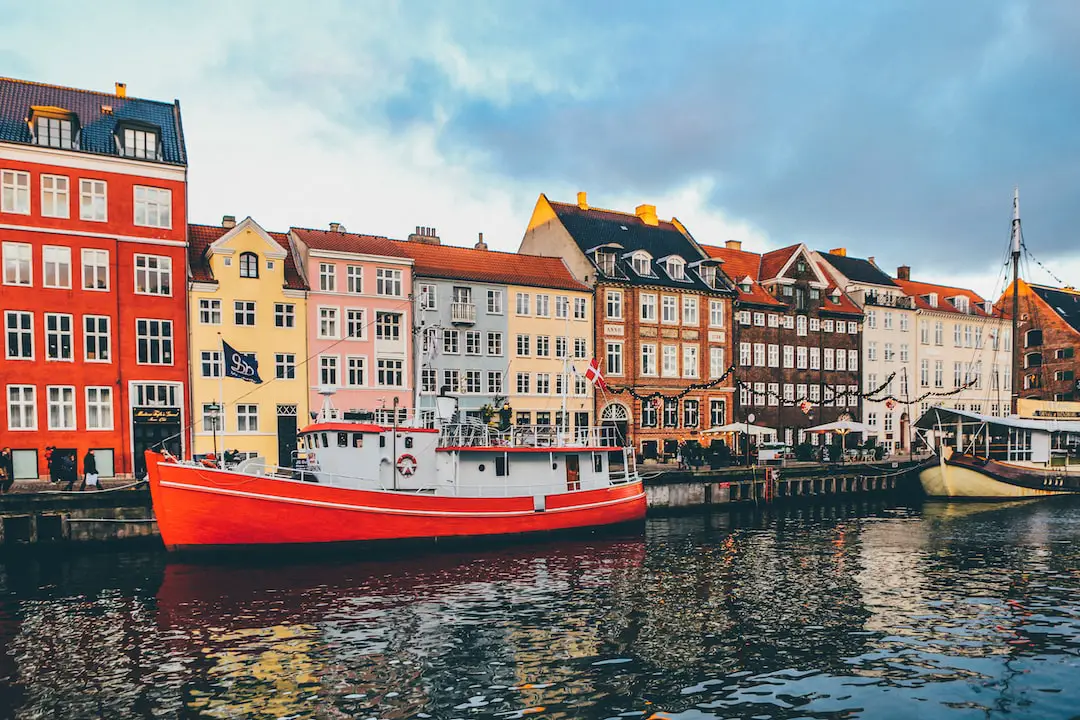
Imagine strolling through the streets of Copenhagen, where each corner turned unfolds a new chapter in the city’s architectural narrative. From the colorful townhouses lining the 17th-century Nyhavn harbor to the sleek, modern curves of the Copenhagen Opera House, the city’s skyline is a testament to its rich history and its embrace of the future. As someone who’s wandered these streets and marveled at the blend of old and new, I’ve seen firsthand how Copenhagen’s architecture is a living, breathing chronicle of its past, present, and aspirations.
The Foundations of Copenhagen’s Architectural Heritage
The story of Copenhagen’s architecture begins in the medieval period, with the construction of its foundational structures. The city’s early buildings, like the imposing Rosenborg Castle and the Round Tower observatory, reflect the Renaissance’s influence on Danish design. These structures were not just functional; they were statements of power and prestige, with intricate details and robust materials that have withstood the test of time.
As we move into the 17th and 18th centuries, Copenhagen embraced the Baroque and Rococo styles. The magnificent Christiansborg Palace and the ornate Frederik’s Church, commonly known as the Marble Church, showcase the grandeur of these periods. Their elaborate facades and opulent interiors are a nod to the wealth and sophistication of Copenhagen’s elite during this era.
Transitioning Through Time: Neoclassicism to Functionalism
Fast forward to the 19th century, and you’ll notice a shift towards Neoclassicism. This was a time when Copenhagen began to modernize, and the architecture reflected a more restrained elegance. Buildings like the Thorvaldsens Museum, with its clean lines and symmetrical layout, exemplify this stylistic transition.
But it wasn’t until the 20th century that Copenhagen’s architecture really hit its stride. The city embraced Functionalism, a style characterized by its focus on utility and simplicity. The iconic Bellavista housing estate, designed by Arne Jacobsen, is a prime example. Its white facades and horizontal lines are a stark contrast to the ornate styles of the past, signaling a new era of Danish design.
Contemporary Copenhagen: A Hotbed of Architectural Innovation
Today, Copenhagen is a playground for contemporary architects. The city’s commitment to sustainability and livability has given rise to some of the most innovative designs in the world. Take, for instance, the 8 House by Bjarke Ingels Group (BIG), which combines residential, commercial, and communal spaces in a figure-eight layout that encourages community interaction.
Or consider the Copenhagen Opera House, a modern marvel that seems to float on the harbor’s waters. Its sleek lines and state-of-the-art acoustics are a far cry from the city’s historic buildings, yet it feels right at home among them. It’s this seamless integration of the old and new that makes Copenhagen’s architecture so captivating.
Walking Through History: A Personal Journey
One of my favorite experiences was visiting the Kastellet, one of the best-preserved fortresses in Northern Europe. Walking along its star-shaped ramparts, I was struck by how the military architecture has been beautifully preserved, offering a glimpse into Copenhagen’s strategic past.
Another unforgettable moment was stepping inside the Grundtvig’s Church. Its expressionist style, with towering columns and vaulted ceilings, creates a sense of awe that’s both spiritual and architectural. It’s places like these that remind me how architecture can evoke powerful emotions and connect us to a city’s soul.
FAQs About Copenhagen’s Architectural Evolution
- How has Copenhagen’s architecture changed over the years?
Copenhagen’s architecture has evolved from medieval fortifications to Renaissance castles, from Baroque palaces to Neoclassical public buildings, and from Functionalism to cutting-edge contemporary designs. Each era has left its mark, creating a rich tapestry that reflects the city’s history and progressive outlook.
- What role does sustainability play in Copenhagen’s contemporary architecture?
Sustainability is a cornerstone of Copenhagen’s modern architectural identity. The city aims to be carbon-neutral by 2025, and this goal influences its building practices. Green roofs, energy-efficient designs, and innovative materials are common features in new constructions.
- Can you see the influence of Danish design in Copenhagen’s architecture?
Absolutely! Danish design, known for its simplicity, functionality, and craftsmanship, is evident throughout Copenhagen’s architecture. From mid-century classics to contemporary structures, the principles of Danish design are woven into the city’s architectural fabric.
Conclusion: A City That Builds Upon Its Legacy
In conclusion, Copenhagen’s architecture is more than just a collection of buildings; it’s a visual story that chronicles the city’s journey through time. From the cobbled streets lined with colorful townhouses to the avant-garde constructions that push the boundaries of design, each structure contributes to the narrative. The city honors its past while boldly forging a sustainable, innovative future, making it a fascinating case study for anyone interested in the evolution of urban design.
Whether you’re a real estate investor seeking inspiration, a homeowner with a passion for history, or a first-time home buyer dreaming of a life in a city that values both heritage and progress, Copenhagen’s architecture offers lessons and inspiration. It’s a testament to the city’s ability to adapt, innovate, and inspire, ensuring that its skyline will continue to evolve and enchant for generations to come.
So, if you’re ever in Copenhagen, take a moment to look beyond the surface. You’ll discover an architectural wonderland that tells the tale of a city that has always been ahead of its time, yet deeply rooted in its storied past. And who knows? You might just find yourself falling in love with the city’s remarkable ability to blend the old with the new in perfect harmony.